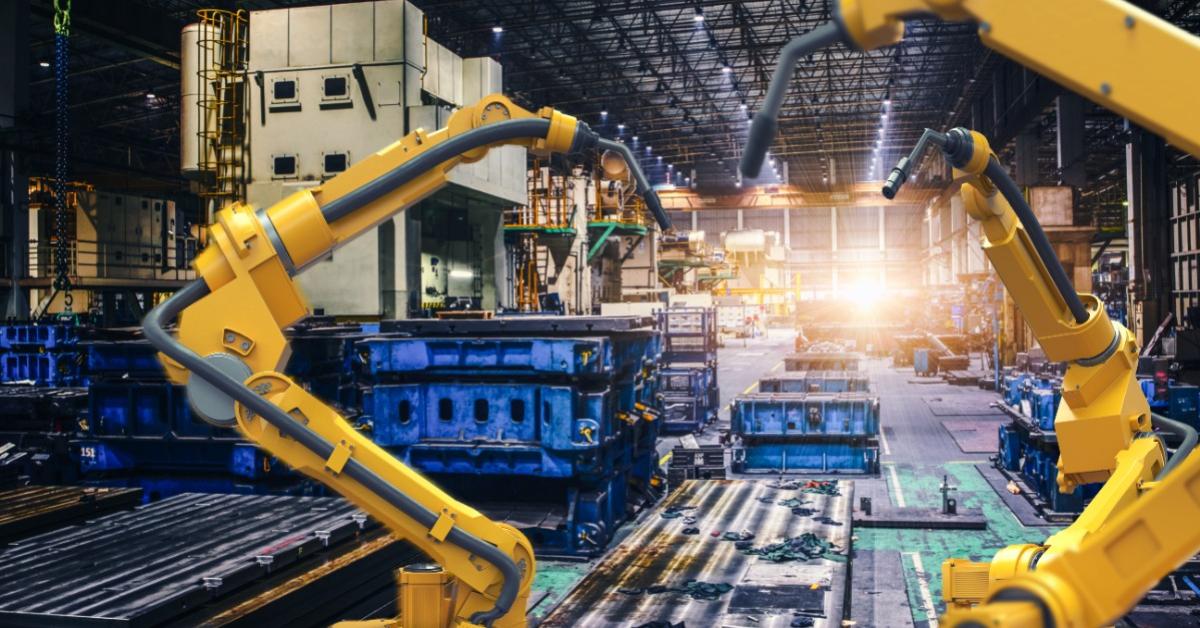
Industrial Policy Did Not Bring Prosperity to Asia
Industrial policy is earnestly touted by democrats and conservatives as a tool to rejuvenate the US economy. Some argue that innovation will flounder unless the US applies industrial policy to major sectors. The success of East Asian countries is often cited to bolster the case for industrial policy, however, advocates have been selling a simplistic story.
While it is sometimes noted that there is a correlation between high growth rates and industrial policy investment, this is not the case. During the 1980s, Japan was the poster child for industrial policy, and many feared that failing to embrace industrial policy would relegate the US to second-class status. But these doomsday predictions proved themselves wrong. Instead of eclipsing America, Japan entered a long economic slump.
Rather than propelling economic growth in East Asia, industrial policy was costly and resulted in several failures. In Japan, for example, industries that were abetted by industrial policy failed to become globally competitive. Coal mining received tremendous support from the 1950s to the 1960s, yet it declined from the 1950s to the 1970s. Output fell from fifty-four million metric tons in 1954 to nineteen million metric tons in 1978.
Landmark studies of industrial policy in Japan show that distributing resources was largely a political activity that benefited connected firms and fostered an atmosphere of corruption. Moreover, new research continues to cast doubt on the efficacy of industrial policy in Japan. According to a study by the National Foundation for American Policy, industrial policies had no effect on the productivity of Japan’s most dynamic industries between 1955 and 1990.
The findings reveal that a disproportionate amount of government efforts went to slow-growth and declining industries. Richard Beason, in his review, exposes the defects of industrial policy by pointing out the success of industries that received limited support:
The industries that we associate with Japan during the high growth period, electrical machinery (most of the “tech” sector), general machinery (most capital goods industries) and the transportation equipment sector (which includes autos) were generally toward the bottom in terms of government support between 1955 and 1990. . . . government policy acted as an impediment to the more rapidly growing sectors because such sectors had higher rates of effective taxation than slow growers.
Furthermore, other research on the topic has shown that industrial policy did not alter the sectoral structure of industry or rates of productivity change in East Asian countries. Even without industrial policies, East Asian countries would still experience growth. Like Japan, South Korea is championed as a successful product of industrial policy, but growth rates indicate that the latter experienced more success in decades when government policies were sector neutral.
Arvind Panagariya, in an economic development bulletin, posits that the downsides of industrial policy are usually ignored by proponents:
When critics claim success for industrial targeting, they entirely eschew the discussion of the crucial decade of 1963–1973. Instead, they focus on the following decade, in which Korea did engage in a heavy and chemical industry (HCI) drive. But the growth rate during 1974–1982 actually fell to 6.9 percent. Moreover, toward the end of this period, the economy faced serious macroeconomic instability, culminating in the abandonment of the HCI drive and the restoration of a neutral policy regime. That in turn returned the country to 8.7 percent during 1983–1995.
Although a 2021 paper argues that the labor productivity of targeted industries and regions increased faster than nontargeted ones, over time these gains eroded due to a misallocation of resources. Without an industrial policy, the productivity of targeted industries would have been forty percent higher in 1980. It turns out that creating a favorable business environment is the best industrial policy. If the South Korean government was unsuccessful in removing barriers to exports, South Korea would not have established a thriving beauty industry.
For Taiwan, observers note that in the absence of private capital, public funding initiated commerce. By the 1980s, however, it became evident to policy makers that the benefits of industrial policies came at a considerable cost to the economy. Reviews of industrial policies in Taiwan have shown that they led to the emergence of politically connected interest groups that often resisted innovation and new management techniques.
Yet, despite the data on the deficiencies of industrial policy, many lobby for intervention. In fact, scholars attribute the East Asian miracle to high levels of human capital and market reforms. Industrial policies obviously coincided with the success of East Asian countries, but they were never the cause of prosperity.


